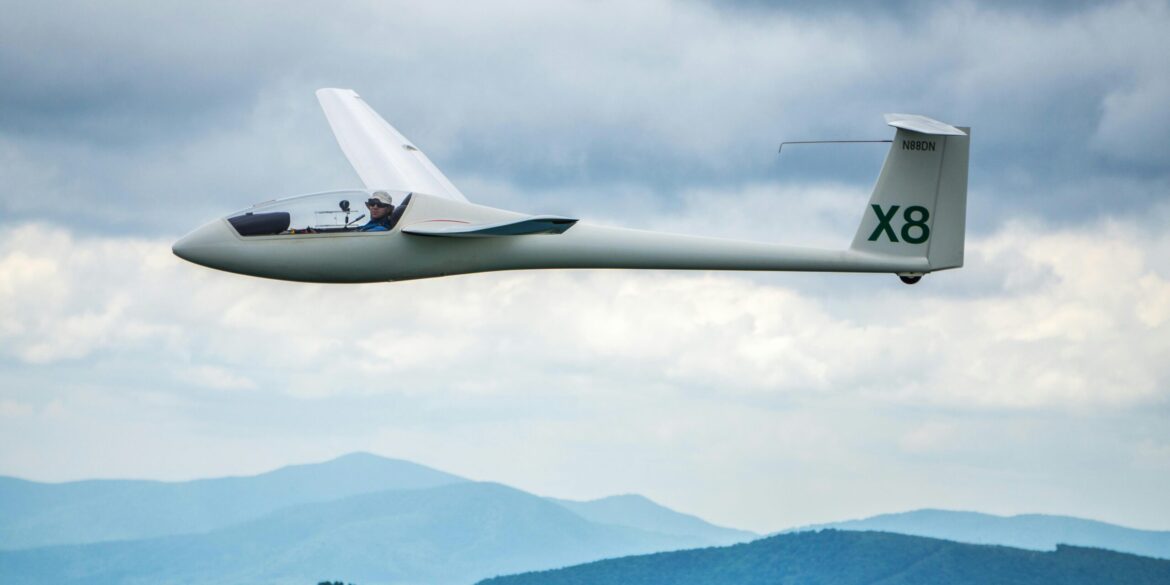In a landmark demonstration in late June, Joby Aviation has quietly advanced the frontiers of clean aviation with a prolonged nine‑hour flight of a hydrogen‑electric unmanned aircraft, potentially reshaping both commercial and defense aviation strategies.
On June 30, 2025, at the Pendleton UAS Range in eastern Oregon—operated near the Eastern Oregon Regional Airport—an uncrewed fixed‑wing aircraft, officially registered under tail number N30FR and designated JAI 30, remained airborne for approximately 9 hours and 8 minutes. Flight data tracked via FlightAware captured the aircraft flying in circular patterns for nearly 467 miles, at an average speed of roughly 51 mph, before the tracking information was removed at Joby’s request.
Photographs taken by Hunterbrook Media show ground crews preparing the aircraft outside a hangar, with a visible hydrogen tank nearby and a mobile control unit featuring Xwing branding—the autonomy developer Joby acquired in mid‑2024. The aircraft’s sleek, glider‑style design includes a high aspect‑ratio wing and a distinctive V‑tail with tip‑mounted propellers—possibly repurposed from the University of Stuttgart’s E‑Genius glider program—aimed at maximizing aerodynamic efficiency and minimizing drag.
While Joby has not formally acknowledged the program or the JAI 30 by name, FAA registration records confirm the aircraft’s designation, dual‑motor electric propulsion system, and fixed‑wing configuration. Observers and industry analysts speculate that JAI 30 serves as a hydrogen‑electric UAV test bed—and that the flight endurance achieved places it among the longest‑range hydrogen‑powered drones ever flown by a U.S. aerospace firm.
Read Also: https://todayus.com/u-s-ipo-market-experiences-robust-revival-in-2025/
This milestone builds on Joby’s prior hydrogen experimentation. In July 2024, the company successfully flew a hydrogen‑powered variant of its S4 eVTOL demonstrator—dubbed SHy4—for more than 561 miles, landing with 10 percent hydrogen reserve remaining. This flight dramatically surpassed the approximate 100‑mile range of its battery‑electric version and emitted only water vapor during flight.
Joby’s hydrogen path follows strategic acquisitions. In 2021, it acquired German hydrogen‑propulsion specialist H2Fly; in June 2024, it took over the autonomy division of Xwing. These moves underpin the company’s ambition to extend hydrogen‑electric propulsion beyond passenger air taxis into the realms of long‑distance unmanned flight and potential military applications.
Observers highlight that while state‑owned Chinese UAV programs have logged up to 30‑hour endurance flights, those platforms were ultra‑lightweight, weighing only about 50 kilograms. By contrast, Joby’s aircraft appears substantially larger, which makes its nine‑hour flight—with a heavier structure and hydrogen payload—all the more impressive.
Industry and government interest appears keen. Joby participates in the U.S. Air Force’s Agility Prime program, which supports advanced air mobility development. According to Air Force insiders, hydrogen‑powered platforms align well with Department of Defense goals around energy diversification and reducing logistics burdens. A long‑endurance UAV with negligible emissions could support forward‑operating missions, surveillance, or autonomous logistics without needing conventional fuel supply chains.
The technical architecture of the JAI 30 underscores innovation: a tubular lightweight fuselage, fuel‑cell stacks likely mounted centrally beneath the wing, and tip‑mounted propellers for cleaner airflow. These design choices suggest a focus on endurance, efficiency, and test flexibility rather than passenger comfort, pointing to a research or proof‑of‑concept role at this stage.
With public attention drawn after independent flight tracking data briefly went live and then disappeared, Joby has maintained silence on future plans for the JAI 30—inviting speculation on whether the flight was part of undisclosed testing tied to defense contracts or preparatory validation for longer-range hydrogen UAVs.
Looking ahead, this test strengthens Joby’s hydrogen credentials and positions the company at the vanguard of sustainable aviation innovation. Hydrogen offers zero‑emission endurance beyond battery limits, and this success may spark renewed interest in clean propulsion across unmanned systems and regional, optionally manned aviation. It also signals a shift in Joby’s scope—from urban eVTOL air taxis toward broader applications of hydrogen‑electric flight, potentially including defense, logistics, or remote operations.
Should Joby formalize and replicate this performance in production‑ready UAVs or crewed eVTOL models powered by hydrogen fuel cells, it could advance a wave of emissions‑free aerospace platforms with missions measured in hours rather than minutes.
Joby Aviation’s nearly nine‑hour hydrogen‑electric UAV flight clearly marks a milestone—demonstrating that long‑endurance, zero‑emission aerial systems may soon become viable for both commercial and governmental use. The company’s evolving portfolio—from H2Fly engines to JAI 30 tests—illustrates a strategic pivot toward hydrogen-enabled aviation that could redefine next‑generation flight.


